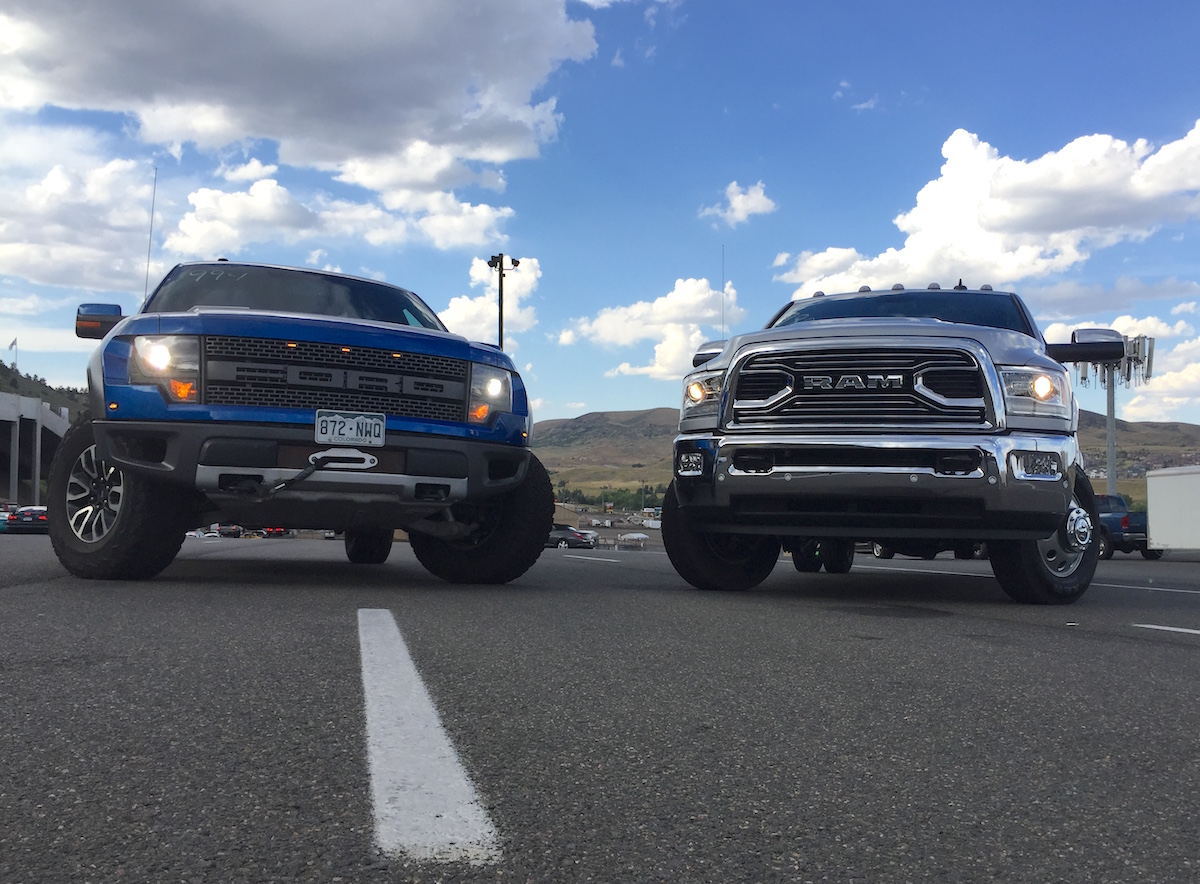
Our Telsa Model X comes with a 2-inch hitch receiver and the wiring to run a trailer, so we decided to see how its EV-powered 5,000-pound towing capacity compared to a classic, big, V8-powered SUV, the 2020 Lexus LX 570. Both vehicles sticker for more than $100,000. Both are considered luxury, full-size SUVs.
The route chosen was a challenging 64-mile out-and-back test that climbed 3,000 feet into the Colorado Rocky Mountains. The payload was our Iron Bull trailer that weighs around 3,000 pounds unladen. On it we parked our 70s-era Subaru wagon that weighs all of 1,900 pounds. Together that works out to 4,900 pounds, or right at the Tesla’s max tow rating.
Tesla Model X Results

We started the challenge with the Tesla’s battery at 82 percent. The idea was to conduct the tow test and then hit the Tesla Supercharger station near our office to charge the EV back up to 82 percent. That’s because starting the Tesla at 100 percent battery capacity would take too long to recharge at the end of the test. Battery charge times start to slow considerably the closer to 100 percent charged you get.
We also measured the time it took to connect the trailer. For the Tesla, that worked out to 35 minutes. Not helping matters: Our go-to Gen-Y adjustable BOSS hitch didn’t fit the Tesla’s receiver, forcing us to us to find a different, time-sucking solution.
For the 32-mile climb to Peak-to-Peak Highway above Boulder, Colorado, our Tesla incinerated roughly half of its battery life. On the way back down, though, the SUVs regenerative braking added back roughly 5 percent. Not bad. We didn’t even really need to use the brakes at all on the way back down. The regen system kept the car in control the whole time.

Lexus LX 570 Results
The 2020 Lexus we tapped for this comparison sports a durable body-on-frame platform, a solid rear axle, a 5.7-liter V8 with 383 hp and 403 lb-ft. torque matched to an 8-speed transmission. Time to hook up the trailer to the Lexus was all of 6:32 minutes.
Going up and down the mountain, the LX 570 had no problems with the exception of the automatic transmission’s reluctance to downshift to keep the truck’s speed in check on the downhill. To save the brakes, we switched the vehicle over to manumatic mode and locked it into 3rd gear.

Back in town at the pump, it took us less than 3 minutes and $13.49 of premium unleaded to refuel the Lexus. According to our MPG calculations, the SUV clocked 12.6 MPG. Not bad for a thirsty V8 at altitude.
Final Analysis
Based on our number crunching, the Lexus used 5.8 percent more energy/fuel to do our mountain towing test. The Tesla, however, sucked up 22 percent more energy to do the same route, plus it took ten times longer to refuel than the Lexus. We give props to the Tesla, though, for towing with confidence and no loss of power—the EV will do the job, just not for very far. For that reason, we’ll stick with gas-power right now when it comes to hauling trailers. To see how we arrived at our numbers click on the video below.
















![Which is More Reliable: 3.5L EcoBoost or 5.0L V8? [Reader Question] Second-generation 3.5-liter EcoBoost engine](https://tfltruck.com/wp-content/uploads/2016/05/Second-generation-35-liter-EcoBoost-engine.jpg)
![Which Silverado Engine to Get: 5.3L or 6.2L V8? [Ask TFLTruck] 2016 chevy silverado](https://tfltruck.com/wp-content/uploads/2015/10/2016-chevy-silverado-grille.jpg)
